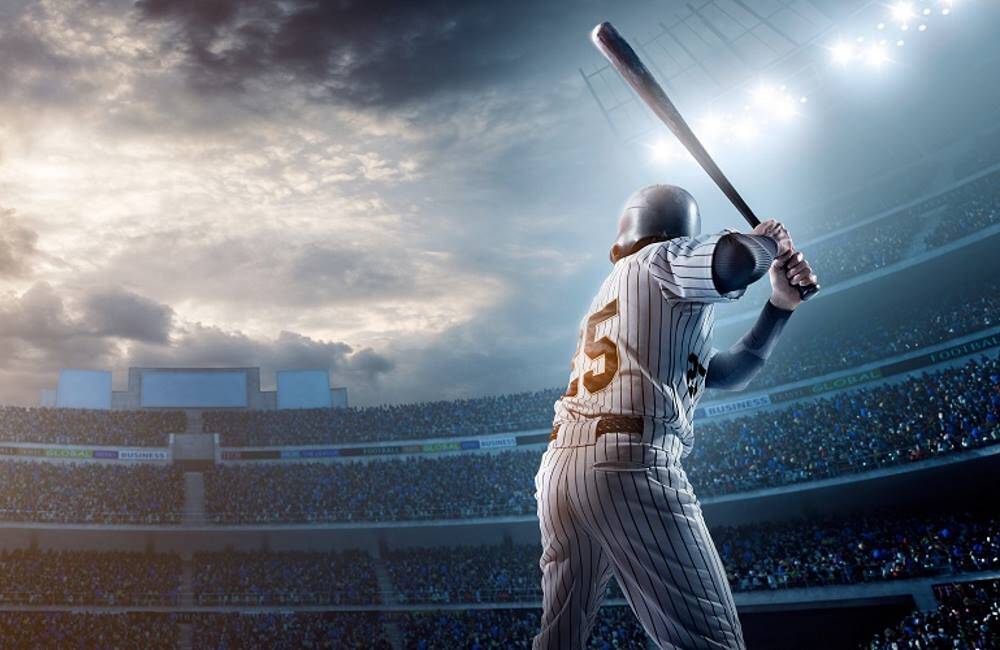If one topic divides baseball fans, it’s the designated hitter (or DH, as it’s usually called). Decades after introduction of the DH into the National Pastime, people still passionately debate on both sides of the issue.
And with good reason. In a sport full of quirks, the DH remains one of the quirkiest.
In what other sport do you have one set of rules for creating lineups for half the league, and another set of rules for the other half?
It’s akin to the National Football League deciding that all the American Conference teams can now use a 12th person on offense (like the New England Patriots need any more help).
Let’s take a look at how the whole thing started. But first, some points about designated hitters.
The Designated Hitter Rule
For you youngsters out there or people who have stumbled across this article by some kind of strange search engine accident, here’s what we are talking about.
Every team in baseball must have a lineup of 9 batters for a game. But in the American League, pitchers don’t have to hit. Instead, teams put another hitter in the lineup, typically one of the best hitters on the team.
In the National League, the rules remain the same as they have been since the 19th century: pitchers hit, usually at the bottom of the order, as Abner Doubleday intended (if he had really actually invented baseball, which he probably didn’t).
Effects of the DH
This leads to all kinds of complications. For example, when teams from the opposing leagues play each other, the DH is only used in the American League home parks. And American League teams can’t use a DH when visiting National League parks. Clearly, this puts a visiting team at a disadvantage, as they are built to play one way but must now play in another.
Other issues:
- American League managers don’t have to send in a pinch hitter for pitchers in clutch situations late in a game
- Stats for offenses get wonky because American League teams consistently have stronger hitting lineups
- As any purist will point out, a designated hitter doesn’t have to play in the field, which kind of goes against one of the fundamental principles of baseball: you have to be able to field a position
- The DH certainly has extended some careers of great hitters who wouldn’t normally be able to crack a lineup if they had to put on a glove
- The DH also allows American League managers to rotate the spot through the lineup, giving a player a partial day off by having them bat but not play the field
There’s more, but you get the idea. The DH is one of the weirdest things in sports.
The Creation of the DH
It likely comes as no surprise that the DH came about because someone got tired of watching pitchers whiffing while at bat, an easy out if ever there was one. That person, according to baseball legend and press reports from the time, was legendary Philadelphia Athletics Manager Connie Mack.
Pitchers, after all, are selected for their pitching skills, not their hitting skills. However, when Mack suggested making a change in 1906, it didn’t fly. And another attempt, this time by National League President John Heydler in the 1920s, also didn’t take.
But then came the 1960s, when pitchers started dominating in a way they hadn’t since the dead ball era. And team owners, worried even back then about the game being too slow and unexciting, began devising ways to give hitters a better chance.
They made the strike zone smaller. They lowered the height of the pitching mound. And, in 1973, American League owners decided to allow for a DH on a three-year trial that, as of this writing, has now extended to 43 seasons. The rule – 5.11 – can be found by searching for it in the very complicated official rule book for Major League Baseball.
At any rate, the National League teams refused to participate, another streak that’s lasted 43 seasons.
And so, on April 6, 1973, New York Yankee Ron Blomberg strode to the plate at Fenway Park as the first designated hitter ever in history against the Boston Red Sox. And he was walked.
And so the DH era began with a whimper and not a bang.
But the controversy remains. Talks of the National League adopting the DH have come and gone over the years, despite statements such as this one from Hank Steinbrenner, a part owner of the Yankees, who said the National League needs to “join the modern age.”
Expect the debate to continue. Although given the stubborn and opinioned nature of many in baseball, it’s impossible to say who will “win.”





Leave A Comment